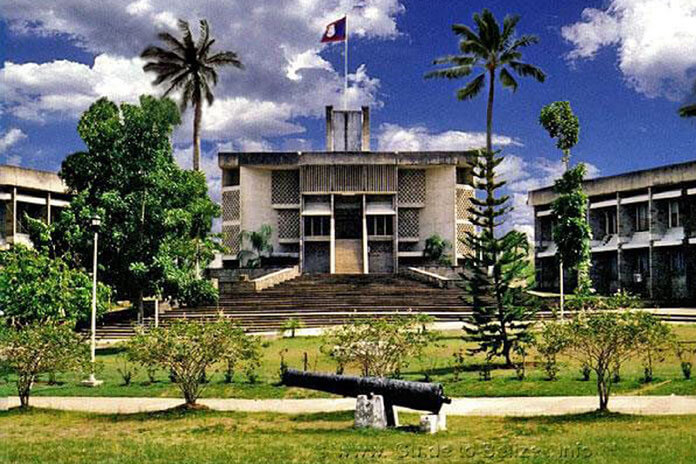BELMOPAN, Thurs. Feb. 11, 2021– The Government of Belize has released its preliminary analysis into the state of the country’s economy as of February 2021. The analysis, which highlights thirteen key aspects of the economic situation, has been released to the public at the same time that government is engaged in consultations with social partners in the private and public sector in an effort to find mutually acceptable ways of addressing the budget deficit.
The first portion of the analysis outlines a steady decline in average income per person since 2008. It notes, “Real GDP per capita has fallen steadily since 2008, from $7,412 in 2008 to $7,040 by 2019, and then plummeting to $5,843 in 2020.”
It is noted in the analysis that the steep decline of income levels which occurred in 2020, was most likely triggered the by the COVID-19 pandemic and that it is the largest drop in the average income of the country since 1992, 28 years ago.
“Unemployment has almost tripled in 2020, from 10.4% to almost 30%,” stated the analysis.
Due to this, according to the release, our unemployment rate is now triple the average rate of unemployment in countries across the Caribbean and quadruple the average unemployment rate in Central America.
In a recent interview, Deputy Prime Minister, Hon. Cordel Hyde, mentioned that almost 146,000 persons are either unemployed or underemployed in Belize at this time.
As reported by Prime Minister Briceño, government revenue fell by almost $300 million or 30% in 2020. This led the previous administration (UDP) to borrow a string of loans, not annexed to the already enormous national debt bill. According to the release, 36 cents out of every dollar spent by the Government of Belize is currently being borrowed.
“83 cents out of every dollar of government revenues is being spent on wages, salaries and pensions,” the release further observed. It is now widely known within the community that the Government is currently still borrowing close to 1 million dollars each day in order to meet the wage bill at the end of the month.
The release also states that wages and salaries across the public service have almost tripled since 2008 — going from $234 million in that year to an estimated $684 million in 2021.
The release goes on to mention that, “It took four successive administrations from independence to 1998 for the government to accumulate $700 million of debt, while it took the last government one year to rack up financing requirements of over $500 million in 2020.”
Readers would recall that, at the start of the economic fallout, as a COVID-19 response was being set in motion, former Prime Minister Barrow went on the record to say that his government would borrow as much as was needed to bring some relief to the country during that time.
In total, government debt has increased by almost 2 billion dollars since 2008, according to the release. Domestic debt, according to the analysis, has almost tripled from $333 million to $1.3 billion. External debt, other than the Super-bond, has more than doubled, according to the release, from $830 million to $1.77 billion.
The release ends by stating “At 134.1%, Belize now has the highest debt-to-GDP ratio in the entire Caribbean and Central American region.”

